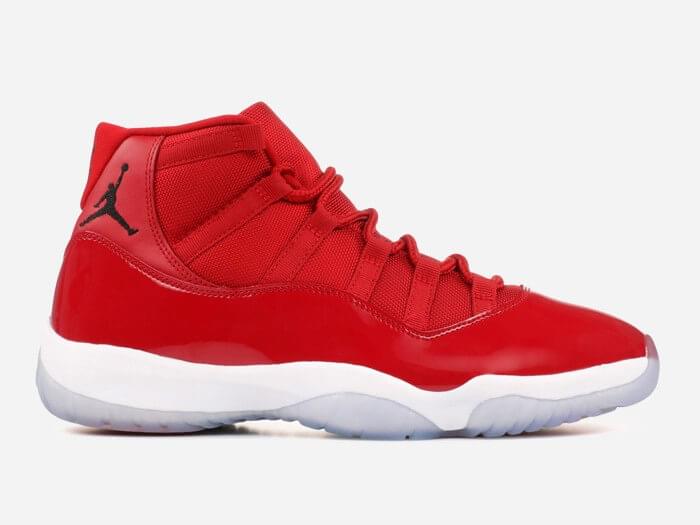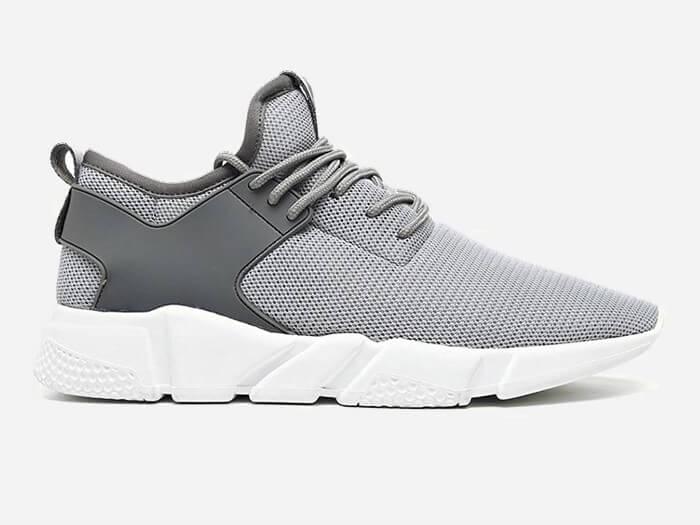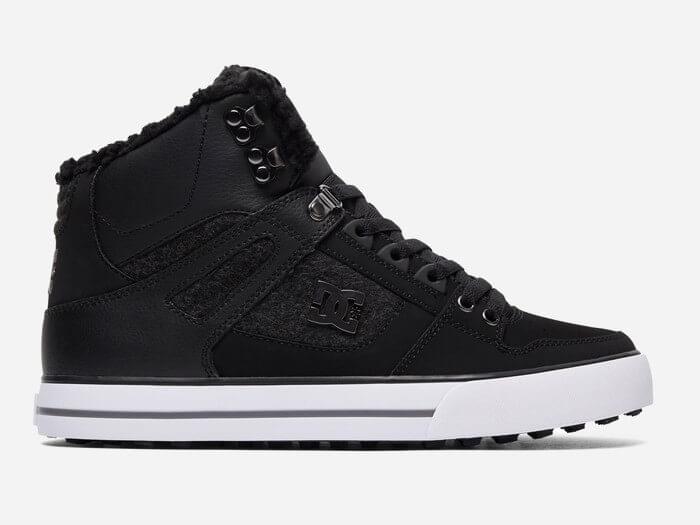The Evolution of Well Control Hoses in the Petroleum Drilling Industry
Well control hoses play a critical role in the petroleum drilling industry, ensuring the safe and efficient operation of drilling rigs. Over the years, the design and technology of these hoses have evolved significantly, keeping pace with the ever-changing demands and challenges of the industry.
In the early days of petroleum drilling, conventional hoses were used for well control purposes. These hoses were made of rubber or other flexible materials and were prone to wear and degradation due to exposure to harsh drilling fluids and extreme temperatures. As a result, frequent replacements were necessary, leading to increased downtime and maintenance costs.
However, with advancements in material science and engineering, the industry witnessed the development of more durable and reliable well control hoses. Synthetic materials like high-density polyethylene (HDPE) and reinforced thermoplastic became popular choices due to their excellent resistance to abrasion, chemicals, and temperature variations. These hoses also demonstrated superior flexibility and strength, making them suitable for high-pressure applications.
One of the key breakthroughs in well control hose technology was the introduction of steel armor reinforcement. This innovation involved encasing the hose in a layer of steel wire or braiding, providing additional strength and protection against external forces. The steel armor not only enhanced the hose's durability but also minimized the risks of hose collapse and leakage during critical operations.
Furthermore, the evolution of well control hoses led to the development of special features and technologies to enhance their performance. Anti-static properties were incorporated into the hoses to prevent the buildup of static electricity, which could pose a serious hazard in an oil and gas environment. The inclusion of flame-resistant materials and coatings ensured the safety of personnel and equipment in the event of a fire or ignition.
To meet the industry's growing demand for higher pressures and temperatures, manufacturers also introduced multi-layer composite hoses. These hoses typically consist of an inner thermoplastic liner, multiple reinforcement layers, and an outer protective cover. The combination of different materials and construction techniques allowed for the customization of hoses to meet specific project requirements.
In conclusion, the evolution of well control hoses in the petroleum drilling industry has been driven by the need for improved durability, safety, and performance. From conventional rubber hoses to advanced composite designs, the industry has embraced innovation to overcome the challenges of harsh drilling environments. As technology continues to advance, we can expect further advancements in well control hose design, ensuring the ongoing safe and efficient operation of drilling rigs.







Leave Your Product Requirements
Your email address will not be published. Required fields are marked *